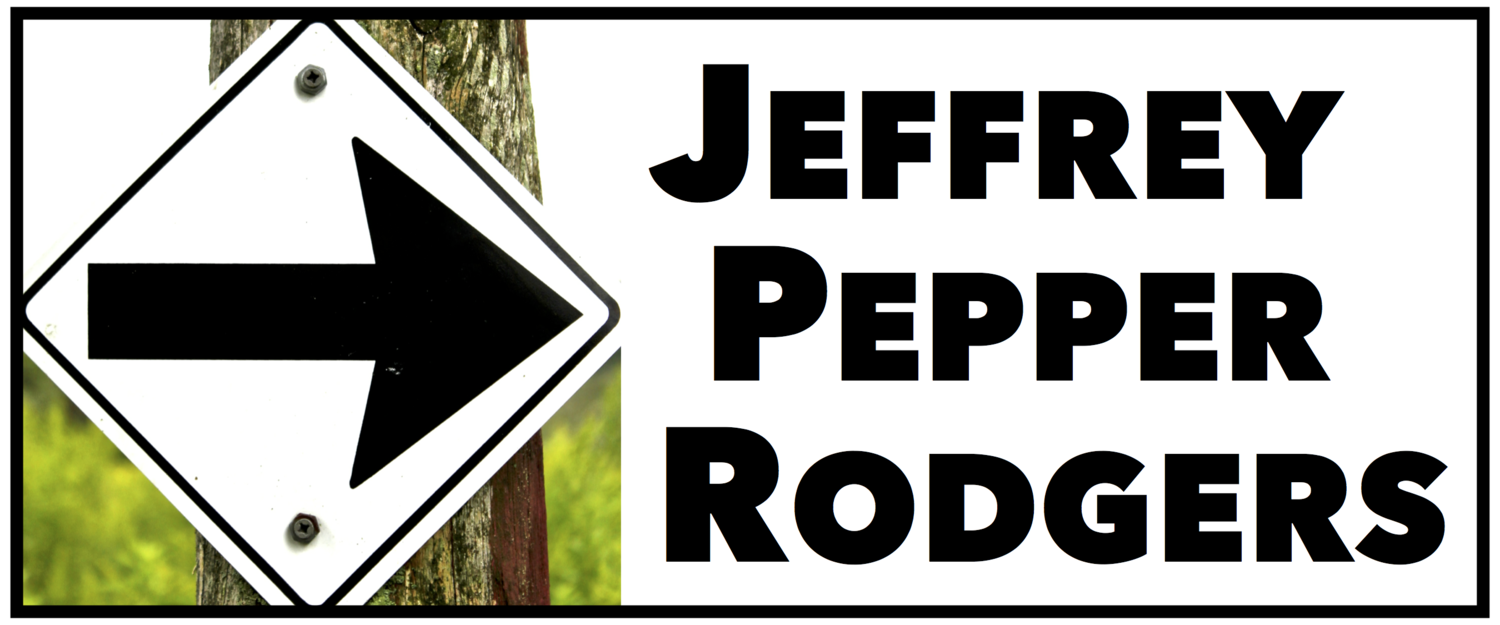Explore the five-string partial capo
The D’Addario/Planet Waves NS Drop Tune is designed for five-string capoing.
If you’re drawn to the creative possibilities of alternate tunings but don’t want to completely lose your bearings on the fingerboard, a partial capo may be just the ticket, no matter what your skill level.
Like an alternate tuning, a partial capo changes the intervals between the open strings, enabling you to find chord voicings and melodic ideas that might not have occurred to you—or wouldn’t be possible—with standard tuning or a standard capo. And yet with a partial capo you can keep your strings in standard tuning, so that when you fret notes above the capo, everything works in the usual way. Much of what you know how to play still applies. A partial capo provides, in many ways, an ideal mix of the familiar and the unexpected.
Shubb C7b three-string capo.
For performing, too, partial capos are a great tool, since they allow you to switch quickly into an alternate-tuning-type setup and then back to standard while sparing you—and your audience—a lot of retuning time.
You can find partial capos in many varieties, typically covering five, four, or three strings while leaving the others open. For the uninitiated, a great starting place is a five-string capo. You can buy a capo designed for this purpose, such as the Shubb C8, Kyser Drop-D, D’Addario/Planet Waves NS Drop Tune, Liberty Flip Model 65, or G7th Newport Partial #5. (Also, the Spider capo allows you to choose which strings to leave open, so it can handle any partial capo configuration.) These models will be the most stable for five-string capoing, but you can also try out this setup with any regular capo that doesn’t wrap completely around the neck. Just place the capo off center to leave one string open.
For an introduction to the enticing sounds you can get with five-string capoing, see this lesson, adapted from Beyond Strumming. Watch the video above, and find the full text and notation on the Acoustic Guitar website.
Dig deeper in the multimedia guide Beyond Strumming.
For an introduction to the three-string partial capo, see this video lesson.



